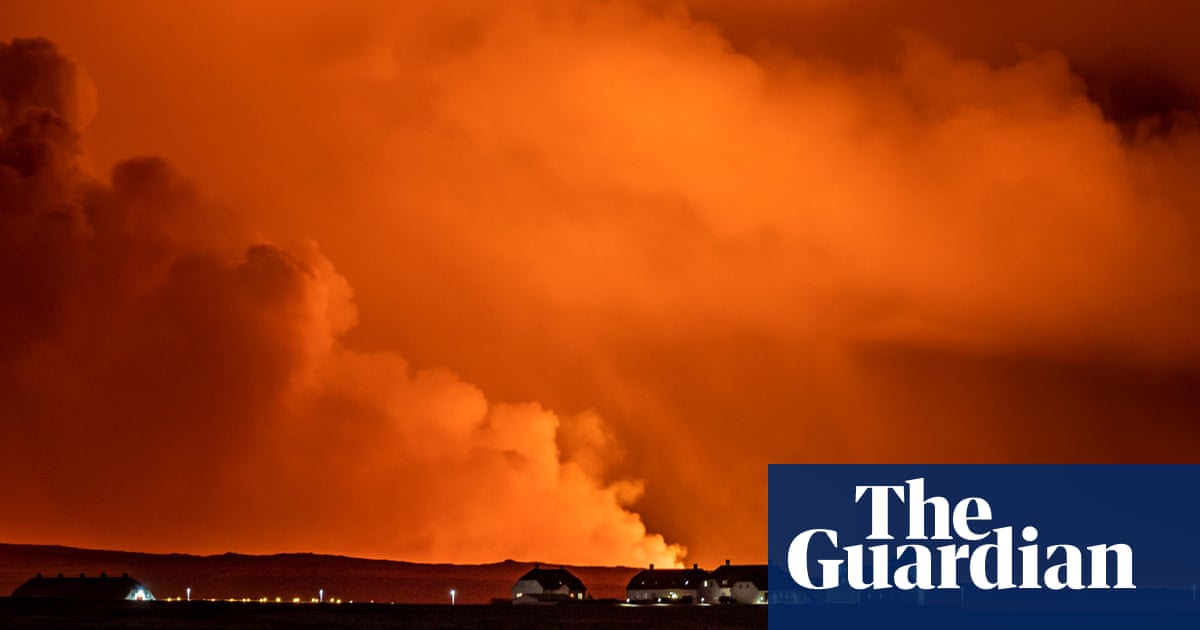
Inflation in the US is at a 40-year high – an astounding 9.1% year-over-year, according to a government report released Wednesday.
Prices have climbed every month, while consumer confidence has hit record lows. Inflation is now a top concern for many Americans, and is likely influencing many voters in a midterm election year.
What is driving this inflation, however, is not new: rather, it is largely the fallout of two years of the Covid-19 pandemic. Here is what we know.
Why is inflation in the US so high?
The Covid-19 pandemic strapped the US economy on to a rollercoaster. In early 2020, nationwide lockdowns caused millions of Americans to be temporarily laid off from their jobs. Then president Donald Trump responded by signing a $2tn aid package aimed at directly helping businesses and individuals, including stimulus checks that put money directly into people’s pockets. It would ultimately be the first of three stimulus packages, together pumping an eye-watering $5tn into the economy.
That summer, businesses slowly started to reopen. But it would take another year and a half for the unemployment rate to fall back to where it was before the pandemic, and with wages rising due to a tight labor market, consumer spending started to climb: people wanted new homes, restaurant meals, appliances and furniture.
As the demand for goods soared, supply remained constrained – because of the infamous supply chain crisis, which is only just now starting to ease. At the peak of the crisis, ports were clogged with ships trying to dock, containers were falling into the ocean and there was a shortage of truck drivers. The war in Ukraine, along with China’s own coronavirus lockdown in the spring of this year, also played roles in keeping supply tight during 2022. That means higher prices.
What sectors are driving inflation?
Gas, food and housing prices have all soared, according to the US Bureau of Labor Statistics. Year-over-year, gas prices are up 7.5% – though Joe Biden has called the inflation rate “out-of-date”, as gas prices have been falling the last few weeks.
Prices have also gone up at grocery stores, particularly for fruit, vegetables and non-alcoholic beverages. Grocery prices over the last year have risen 12.2% – the highest increase since April 1979. Home prices and rent have increased too – up 5.6% compared with last year.
How long will inflation last?
No one can really predict, nor do we know if it has peaked, because so many factors are at play. Gas prices are going down, it’s true, but it’s unclear whether that will be enough to send inflation downward as well.
The Federal Reserve, headed by Jerome Powell, has been aggressive in its response to inflation, raising interest rates twice this year. Early reports indicate that the Fed is looking at yet another three-point interest rate hike at the end of the month.
What are the lasting effects of inflation?
High, long-lasting inflation is worrisome because it decreases the value of currency, weakening the purchasing power of the American dollar and eroding savings.
The Fed’s control of interest rates is its most powerful tool to curb inflation. But it is a tough balancing act, as it risks a recession. A slowdown in investments could have a cascading effect on jobs and spending, though it remains too early to predict any recession – not that that has stopped certain people, and banks, from doing so.
And there are some things inflation doesn’t necessarily affect. The unemployment rate has held steady at 3.6% – around the same rate as before the pandemic. And the economy has shown other signs of resilience – particularly in jobs, which grew 372,000 in June.












